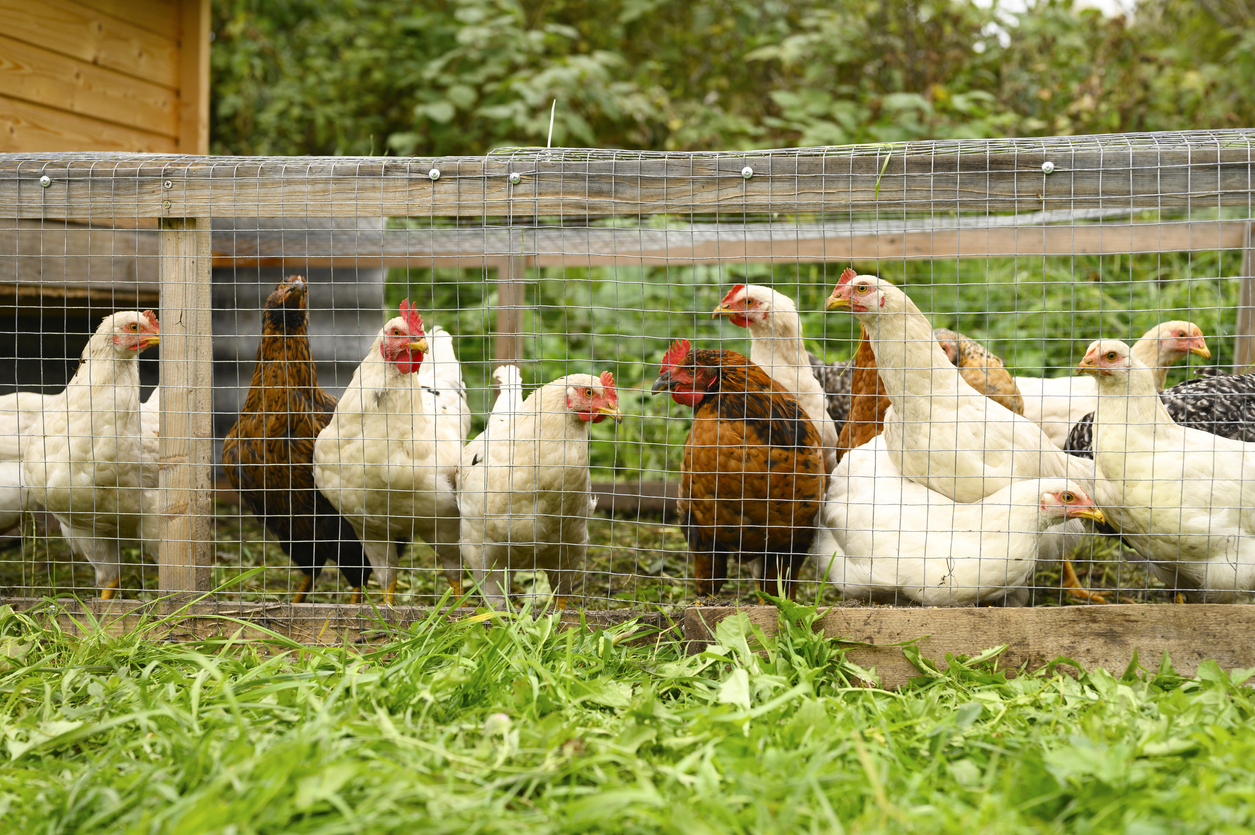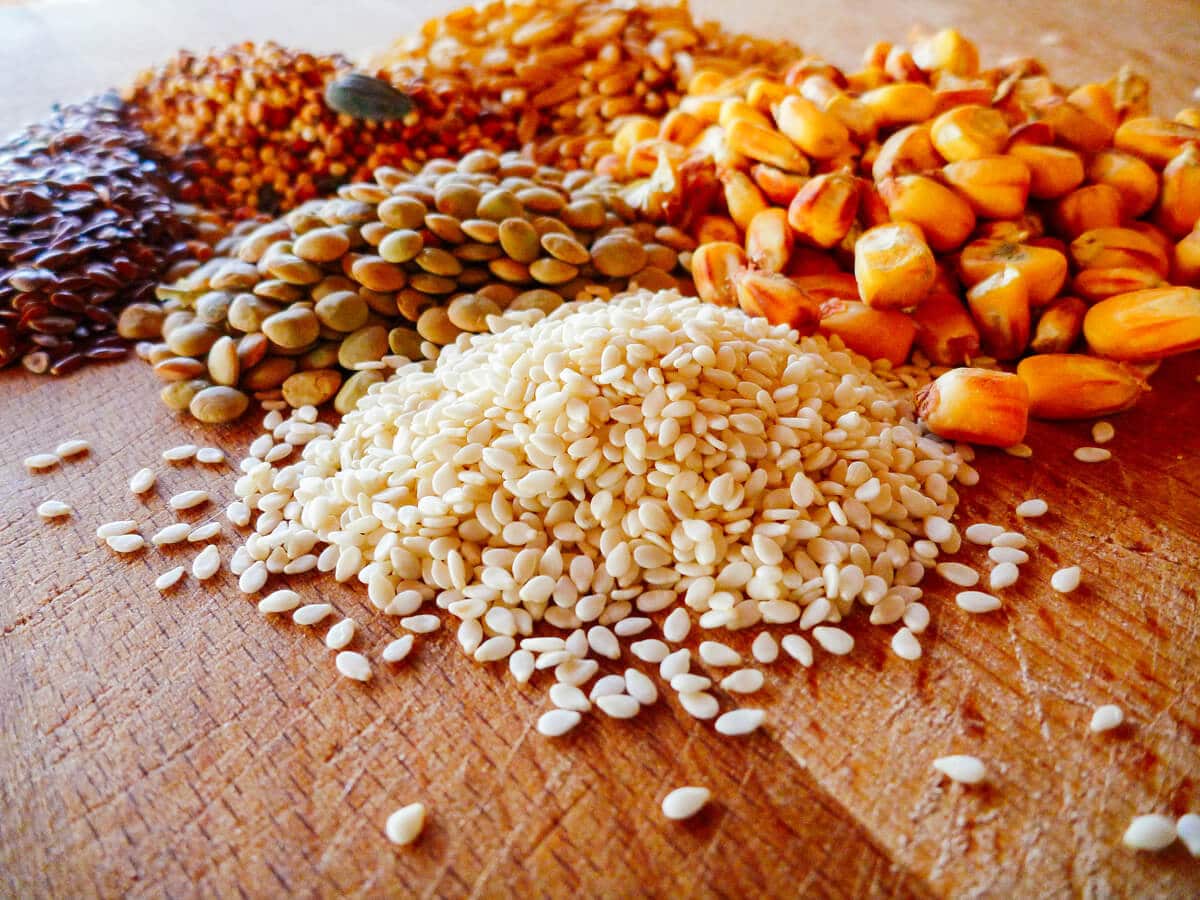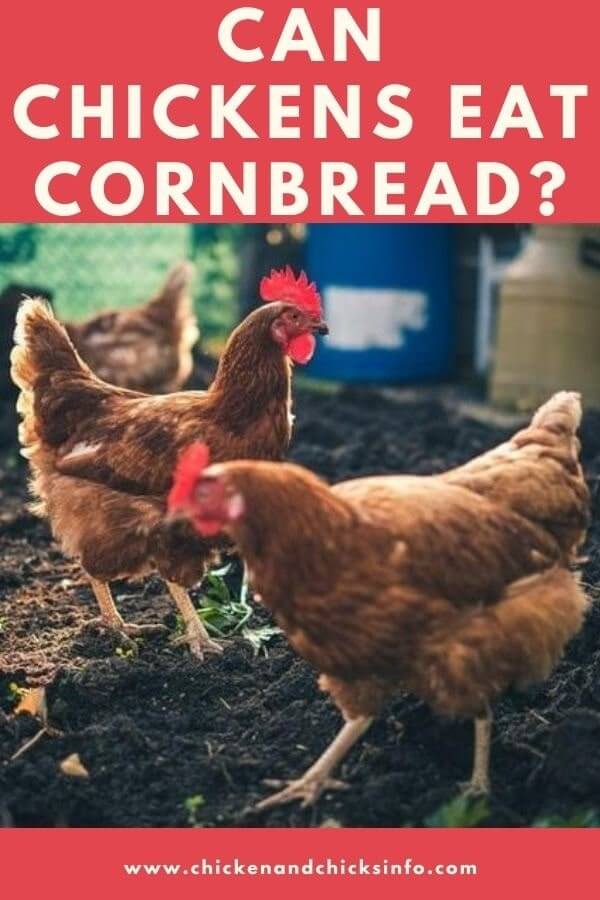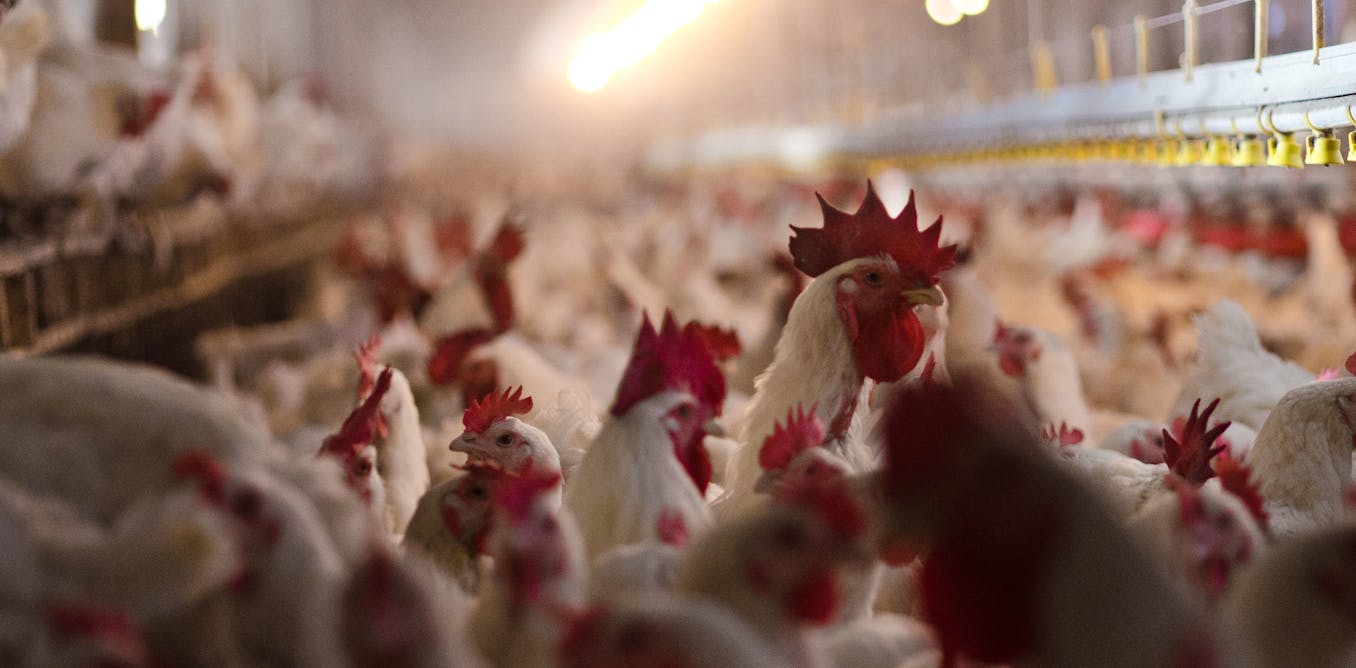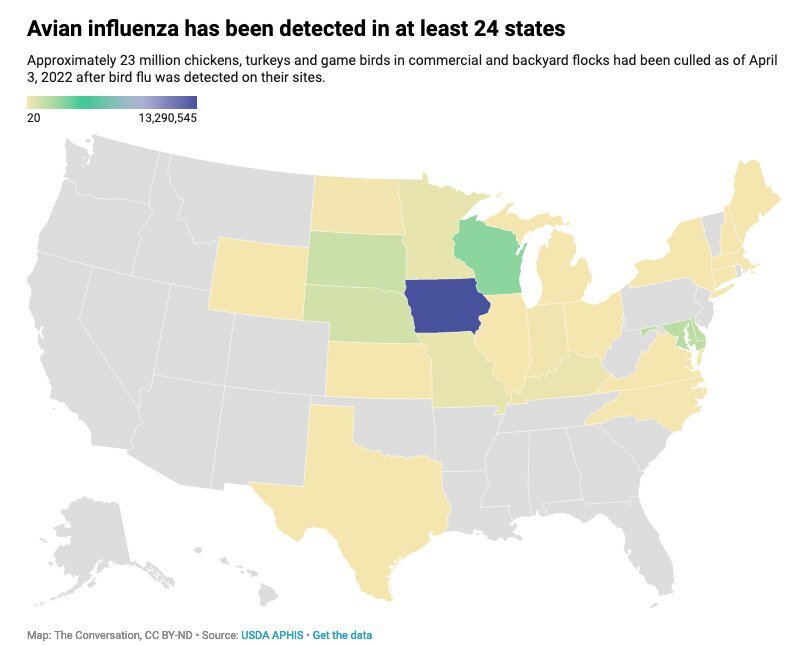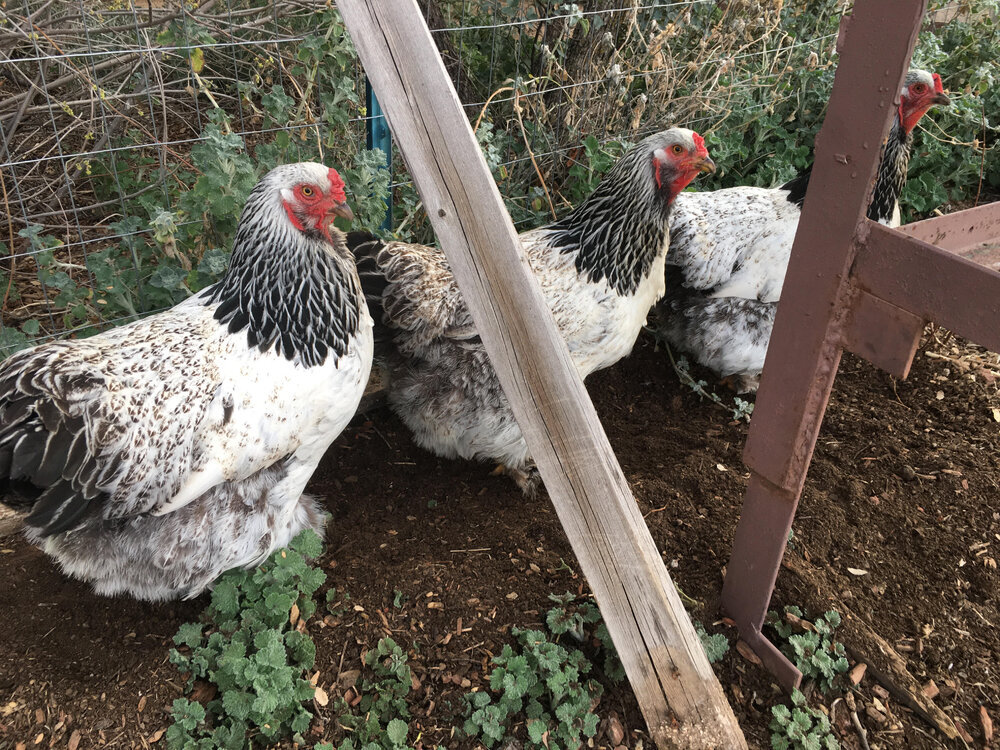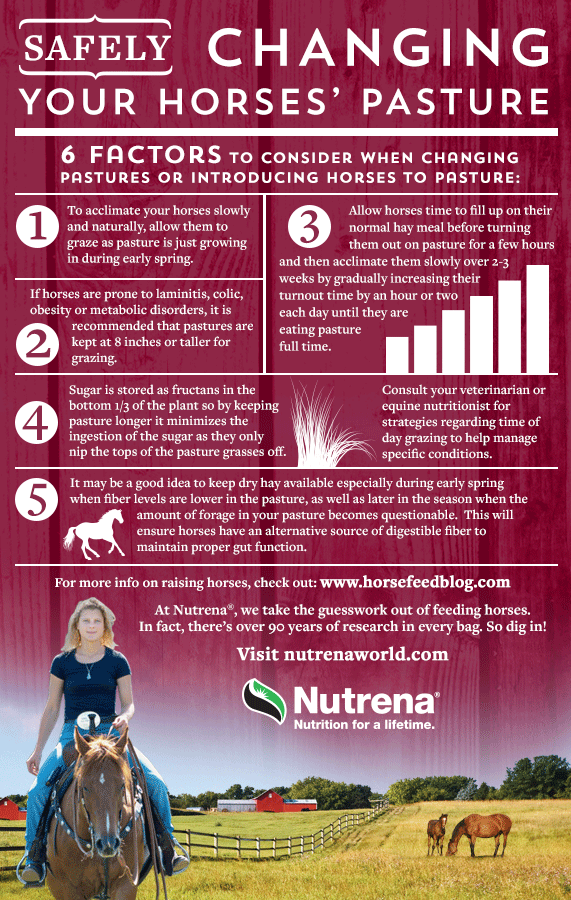
Blog
Your go to destination for insightful articles, expert advice, and valuable information on animal nutrition and care.
Chickens can’t hydrate from ice or snow and must have liquid water available. During extreme cold a bucket or waterer freezes solid in just a few hours.
For centuries cold climate chicken keepers had to deliver buckets of water to the coop several times a day then retrieve, and thaw ice filled containers. That remains an effective way to keep liquid water in the coop but constantly delivering water several times a day is wearisome.
Fortunately, there are easier ways to keep coop water liquid no matter how low the temperature sinks...

